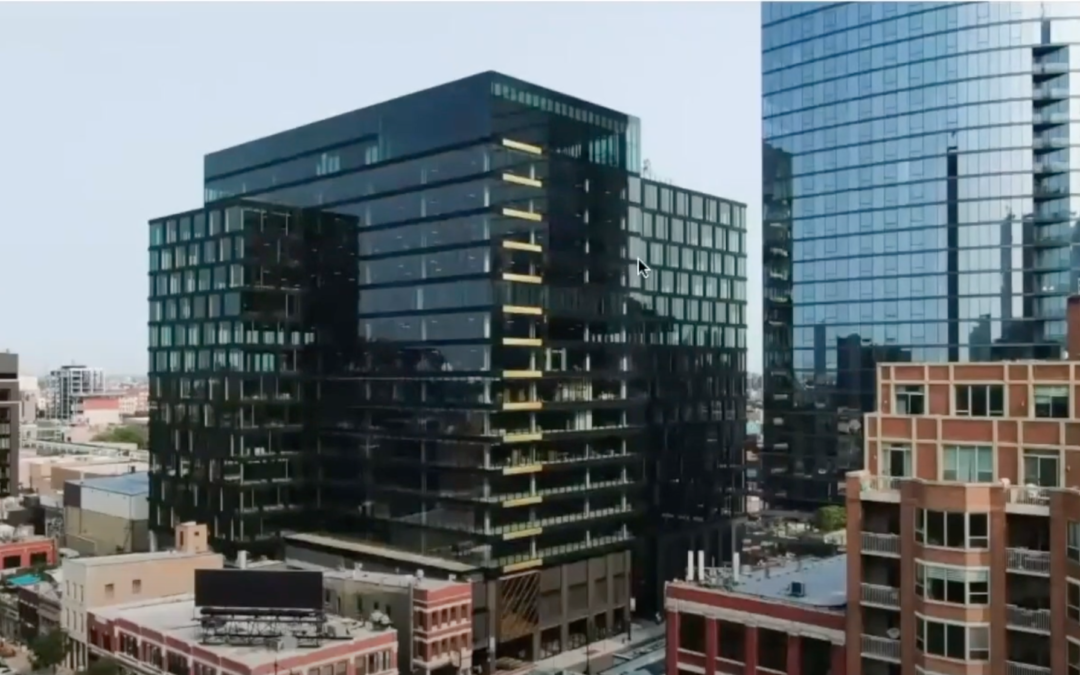


Chicago Residential Zoning for Single Family Homes
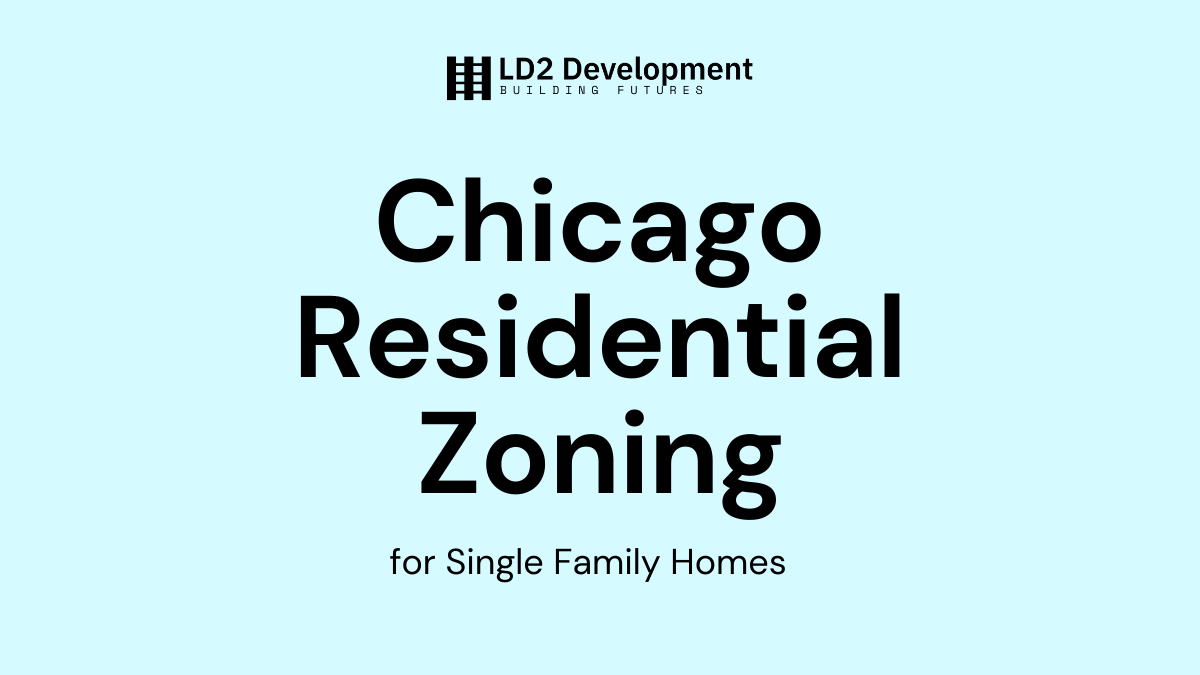
One of the first questions that people often ask me is what can I build on my lot or if they’re looking to purchase a lot, what what type of zoning do I need in order to build what I’d like to build. So, in order to understand this, we have to take a look at the Chicago zoning code
The Zoning code designates R Districts for residential, B districts for business, C districts for Commercial, D districts “downtown” (that allow taller buildings), PMD for planned manufacturing and PD for planned developments where a developer brings a plan in front of the plan commission for approval of a specific plan outside of normal zoning designations.
Each of these R, B, C and D districts are divided into a number of different sub designations, like RM 3, RT 4, B 1-3, B 3-2, etc. and each of these has a different set of allowances (or limitations, depending how you want to look at it).
R districts are divided into: RS for single family,
RT for Single family, Two flats, three flats or small multi family and
RM for bigger multi family
let’s take a quick look at the zoning map;
if I pull up our Chicago zoning map here I’ll just put in an address let’s say 1600 N. Wolcott. This is a busy commercial stretch on North Avenue so you can see mainly B and C zoning in these type of zoning districts don’t allow Residential on the ground floor, so you have to store fronts and businesses.
If we look at the side streets we can see a bunch of different zoning here but mainly we see a lot of RS three and RT for zoning and teaser a couple of residential Carmen Residential districts no. Now looking at all the different types of zoning in this neighborhood it probably seems quite random but keep in mind this is a very old neighborhood which has undergone several changes in demographics over the years. The zoning code has also been changed a number of times over the years.
So what we see now is taking into account what’s already existing and also taking into account the city’s plan for continued development in this area.
So let’s just look at RS 3 zoning as an example. In RS 3 districts the code in effect limits you to single-family homes in effect by designating a minimum lot area per dwelling unit of 2500 ft.². So, on a standard lot which is 25 x 1 25 or 3125SF, you’d only be allowed one dwelling unit.
Probably the most important concept that you need to understand is the idea of floor area ratio or what’s called FAR. This is is an allowance for how much area can be built on the site as a ratio to the land area.
RS 3 designates an FAR of .9 so if you multiply our 3125sf times .9 , we get about 2800sf. This is the floor area you’d be allowed to build on a standard lot in RS 3 zoning. (keep in mind basement space below grade does not count against your FAR). So, another words on that standard lot, you could bill 2800 ft.² above grade plus your basement
Now RS 3 also designates a height limitation of 30 feet so assuming you have a basement that brings your first floor level up to 5 or 6 feet above grade you’re effectively limited to a two-story house plus basement there’s really no way to get a three-story house in here unless you built three stories on grade, but then each level could be a maximum of 2800÷3 = 930 sf . That’s too small of a footprint, so it wouldn’t make sense for anyone to do that.
So if you divide your 2800 by 2 your max is two floors of 1400 ft.² and you also can have a 1400 square-foot basement so your total square footage can be up to 4200 ft.². Pretty good sized house, right? But it’s only 2 stories.
Now there are also limitations for your setbacks on your side yards and your front and rear yard which can affect the footprint of the property allowed. So it varies by the building type.
RT 4 zoning has a minimum lot area of 1000SF per dwelling unit, so our standard lot can accommodate up to 3 units.
in RT 4 for example, your FAR is 1.2. So a standard lot would allow 3125 x1.2 = 3,750 SF. In 38 ft, you can build 3 floors plus a basement,
so for example, if you just divide that 3750 by 3 floors, you could build 1250SF per floor plus 1250 basement.
You could divide it up different ways, for example you might make the lower floors a bit bigger and the top floor a bit smaller, Maybe doing an owners unit with roof deck.
RM zoning expands your FAR and you height limit goes up to 45 feet or more which can allow another floor. Minimum lot areas required per unit drop to 700SF or less, but the number of units you can build is practically limited by how many parking spots you can get on the site.
As you get into bigger and bigger projects the considerations with zoning and building codes get more and more complex.
This is but one of the reasons that architects need to be licensed. They are ultimately responsible for interpreting the codes and designing your new building to be in conformance.
Bigger projects, often require an experienced zoning attorney to apply for zoning variances or to apply for zoning changes, neighborhood approvals or apply for a Planned Development, but sometimes we might need a zoning attorney even for a small project.
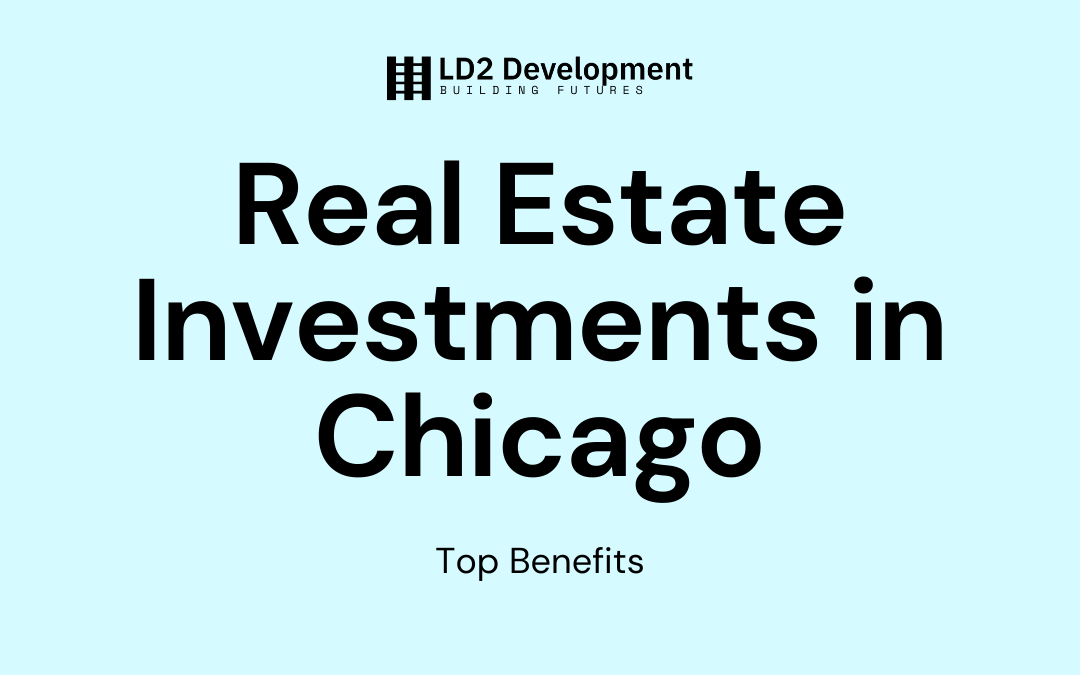
Tips for Investing In a Multi Family Home Development in Chicago
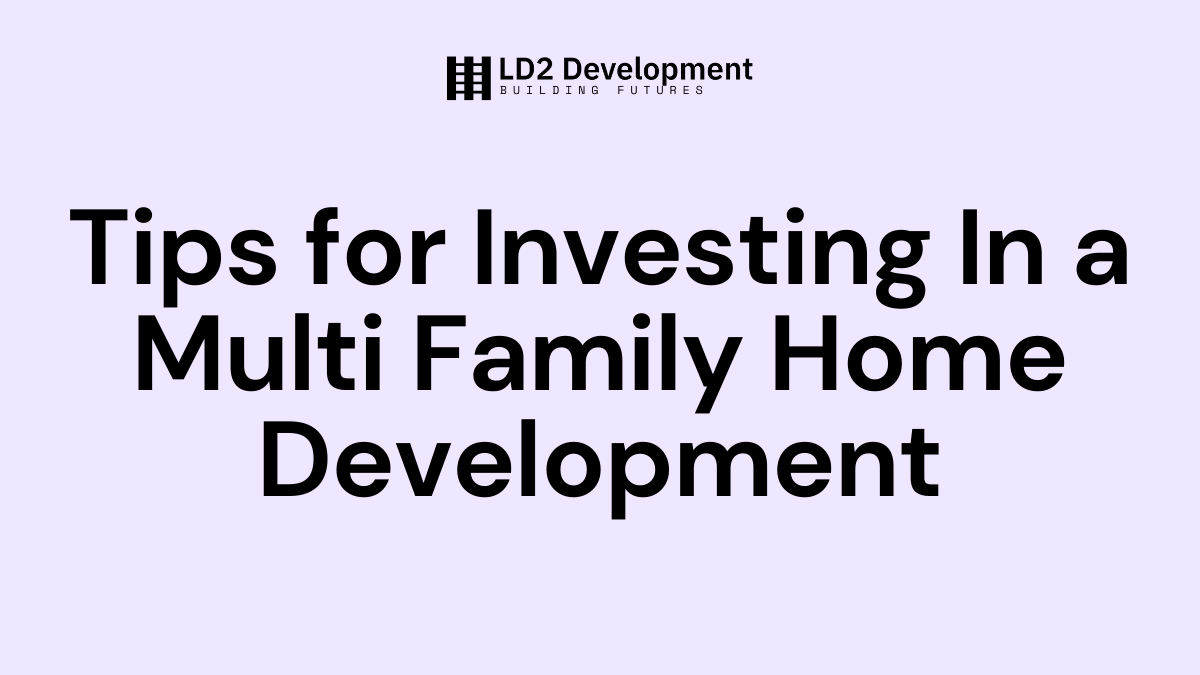
Investing in a multi-family home development in Chicago can help produce more profit or transform the portfolio of single-family homes. Deciding whether the grown liability, responsibility, and capital reserve costs needed to include a multi-family property is a great idea that requires thorough research. This blog gives some tips that you should consider while investing in a multi-family property in Chicago.
How to Invest in a Multi-Family Property in Chicago
Here are some tips that help you learn the ways of investing in a multi-family property in Chicago:
1. Select the Neighborhood Carefully
Location matters when it comes to investing in real estate. Multi-family real estate in Chicago is the same, and you must conduct a study on your options. While deciding where to invest in a Chicago multi-family property, we recommend you hire a local, experienced real estate company.
Your realtor can help you select the options from different parts of the city and provide info on the best investment properties in Chicago. There is a huge difference between spending on a neglected building in a disadvantaged neighborhood and a high-equity three-flat for sale in North Chicago.
2. Ask for Comprehensive Financial Documentation
A property buyer makes provision for multiple residents and will need to gain profits and cost statements for the recent and earlier years. Moreover, you may need to ask for service contracts, present rent rolls, reviews or any current reports from tenants, and service records.
If there is more data to review, you may predict the monthly or annual cash flow and the property’s long-term value.
3. Maintain Sufficient Cash Reserves
You must consider that every building unit may be fully rented. You need to maintain adequate cash for absorbing such empty time. More sudden repairs will happen while investing in a large rental property. Keeping enough cash storage is essential for events like emergency repairs, move-outs, or tenants paying late.
The main rule is to reduce at least 10% from the rental cost to be ready for sudden market deteriorations, repairs, vacancies, or factors.
4. Live in One of the Property Units
You may become eligible for more suitable financing terms if you are investing in a building with two-four units and want to stay inside one of those units. It might add a reduced down payment, helping you save more naturally.
5. Stay Rational
While assessing some apartment buildings, flats, and other multi-family properties in Chicago, you should not be emotional. Although you may start loving a robust 3-flat in a preferred neighborhood, whether you want to occupy a unit or rent all of them, you should remember that you will buy an investment property. Concentrate on the possibilities the property provides and the cash flow opportunities.
Closing Words
Investing in a multi-family home development in Chicago is a rock-solid financial strategy. Neighborhoods of Chicago also provide high-equity properties having higher rental demands. Follow the tips given above and contact LD2 Development to ensure to benefit from a stable multi-family property in Chicago in a solid rental market.
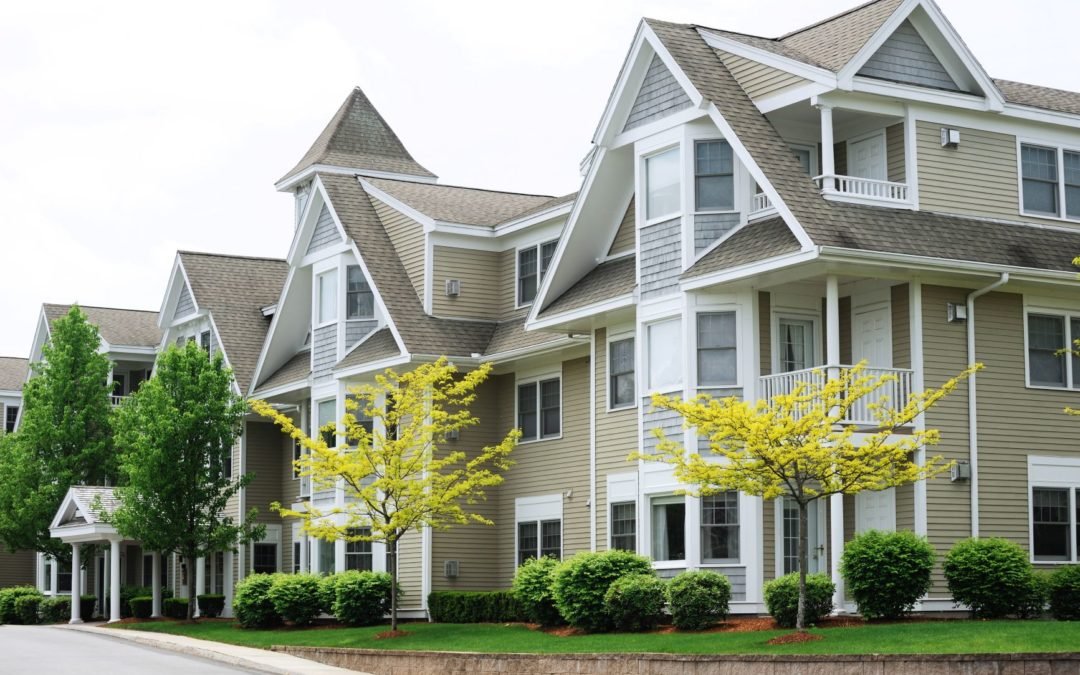
Multi-Family Property Classifications and Your Investment Strategy
What is meant by the multi-family property classifications A, B, C, and D?
In investment terms which of these property types are classified as core assets and which can be considered core-plus assets?
If you are looking to pursue a conservative investment strategy or if you prefer a more aggressive one that has the potential to deliver a higher yield in which class of multi-family property should you be looking to invest?
All these questions and more will be clearly answered in this article.
Classification – Class A

Class A multi-family properties are buildings that are less than 10 years old. If they are more than 10 years old, they will have been extensively renovated.
The fixtures and fittings will be of the very best quality.
The amenities will be comprehensive and of a luxury standard.
While Class A properties tend to generate a lower yield percentage, they can grow exponentially and they tend to hold their value even in major economic downturns.
In terms of their investment profile, they are considered to be core assets.
An article on multi-family investing at millionairedoc.com explains why Class A apartment buildings, with a ‘core asset’ risk profile, offer a lower yield percentage:- “Owners purchase these properties using lower leverage, therefore with lower risk. REITs and institutional investors purchase these assets for income stream. The lower risk profile results in lower returns in the 8-10% IRR range.”
A property in the Class A category would not likely have a “core plus” risk profile unless it were slightly downgraded in some way perhaps by a less favorable location, housing type or a number of other factors.
Classification – Class B

Class B properties are older than class A properties. Usually, class B properties have been built within the last 20 years.
The quality of the construction will still be high but there could be some evidence of deferred maintenance.
The fixtures and finishings will not be as high quality and the amenities will be limited.
Classification– Class C

Class C properties are built within the last 30 years. They will definitely show some signs of deferred maintenance.
The property will be in a less favorable location and it will likely not have been managed in an optimum way.
Fixtures and finishings will be old fashioned and of low quality. Amenities will be very limited.
Both Class B and Class C properties can be candidates for a ‘value add’ investment strategy.
By bringing deferred maintenance issues up to date or by upgrading the property by means of an interior and/or exterior renovation there is an opportunity to increase the tenant occupancy and receive a higher return on your investment.
In his article, ‘what are the 4 investment strategies?’ Ian Ippolito explains why pursuing a value add investment strategy is a higher risk:- “Much of the risk in value-added strategies comes from the fact that they require moderate to high leverage to execute (40 to 70%). Leverage does increase the return, but also increases the risk, and makes the investment more susceptible to loss during a real estate cycle downturn.”
Classification – Class D
Class D properties are generally more than 30 years old. The property will be showing signs of disrepair and will be run down.
The construction quality will be inferior and the location will be less desirable.
The property may be suffering due to prolonged and intense use and high-level occupancy.

Both Class C and Class D properties can be candidates for an ‘opportunistic’ investment strategy.
Because these properties require major renovations they are the highest risk investments but they can also yield the highest returns.
Summary
In overall terms, the US multi-family real estate market continues to give excellent returns for well-informed investors.
This article has clearly explained how different types of multi-family properties are classified.
The article has also given an overview of how each class of property fits the different types of investment profiles.
We trust that this information will assist you in assessing your multi-family real estate investment goals.
For further assistance please connect with our team.
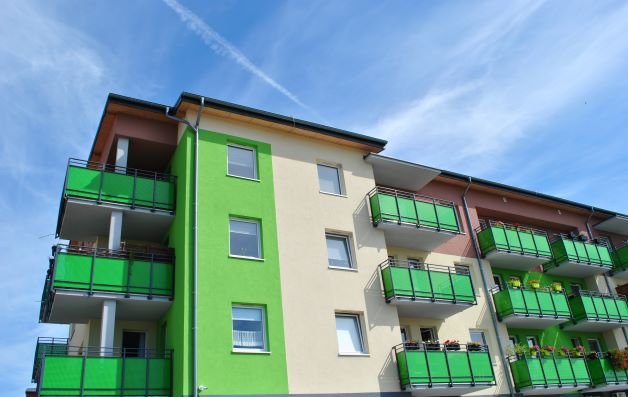
Why Multifamily Investment Makes Sense
Multifamily Market Overview
The demand for rental accommodation continues to significantly outpace supply. The current status quo is that rental housing supply is falling short by hundreds of thousands of units each year across the United States. This situation, according to The National Multifamily Housing Council and The National Apartment Association, looks set to continue for many years to come.
Current demographic preferences reveal a trend at both ends of the age spectrum for renting as opposed to owning. The younger demographic are finding it more challenging to get the financing for property ownership and the baby boomer generation favor downsizing and the increased freedom that allows. The result is that the demand for rental property is increasing.
The combination of these two market factors gives a strong positive indication for sustained revenue growth in the multifamily sector. The conditions look set to remain positive for multifamily investment in most locations for the foreseeable future.
Let’s take a look now at four more reasons why investing in multifamily makes good financial sense.

#1 Economy of Scale
The basic meaning of the economic term, ‘economy of scale’ is that there is a fundamental cost-saving benefit to being bigger.
To quote Investopedia, an ‘economy of scale’ is an advantage “that arises with increased output of a product. Economies of scale arise because of the inverse relationship between the quantity produced and per-unit fixed costs.”
How does this concept apply to the argument that multifamily investing is more advantageous than investing in single-family property?
To give a simple example, if you have been collecting 10 rents for 12 months from your multifamily property and then the roof needs fixing, that’s a much better scenario than collecting 1 rent for 12 months on your single-family property and then the roof on it needs fixing.
The rationale applies even more if you add more single-family properties to the equation. The cost of managing 10 individual properties, which could be spread across multiple states, and the cost of hiring different contractors to care for each one would be punitive. The cost would be much greater and the management less efficient and less cost-effective than caring for one multifamily property of 10 units in one geographic location.

#2 Greater Control of Property Value
With a single-family property, you are almost completely at the mercy of market forces.
If you need to sell in a down market your hands will be relatively tied. The value of your property will be determined by what other properties have sold for in the local area at that time.
A multifamily property is perceived somewhat differently because of its commercial nature. It is managed and run as a business and therefore a significant part of its value is determined in the same way as a business. This means that the value is much more in your own hands.
Businesses are valued largely on their profitability and, in a similar way; a multifamily property’s value is determined by its net operating income.
Something as straightforward as adding a laundry facility or some paid parking are two examples that can very positively affect the profitability of your multifamily property and in turn, its value.
With a multifamily property, there are many more ways that you can bring your management and entrepreneurial skills to bear to increase the value of the property independently of the surrounding property market.
In a nutshell, you have the ability to raise the value of your multifamily property by decreasing expenses and increasing income.
#3 Positive Cashflow

In addition to the ideas mentioned previously, namely,
adding laundry facilities and paid parking, there are lots of amenities that could be added to your multifamily property to keep a positive cash flow.
In addition, the old adage of not having all your eggs in one basket applies here also. A tenant vacancy in a single-family rental property will bring your cash flow to a grinding halt. In contrast, if one of your units in your multifamily property is vacant, the impact on your cash flow will be minor because you will still be collecting rent from all the other units.
#4 Tax Benefits
One of the great things about supplying housing for the populace is that in doing so you are helping the government fulfill one of their important responsibilities. Not surprisingly, in return, the government offers you certain tax advantages.
One of the most significant tax advantages for multifamily property owners is something called ‘depreciation deduction,’ in effect it can allow you to deduct a large amount of the income your property generates. For details on how it works, take a look at the following Investopedia article, How Rental Property Depreciation Works.
Another way multifamily property tax laws benefit you is that you are permitted to use some of the cash flow from the property itself to pay down the mortgage.
It is permissible to collect revenue but show a much smaller amount of income on your taxes. This allows you to take a portion of that rental income and use it to pay down your debt on the property, which will steadily increase the equity.
With the help of a good tax advisor, you may find that there are many other legitimate ways to capitalize on the tax deductions and incentives and even grants that the government makes available to multifamily property owners.
Summary
In the present fluctuating economic climate multifamily properties are tangible assets that represent a sound focal point for your investment and wealth creation strategy.
Due to shorter lease terms that give room for regular increases in rent, multifamily assets represent less of a risk than other commercial real estate investments.
The prevailing demographics are also favorable. The steady increase in the number of professionals in the workplace, families, and empty nesters looking to downsize and simplify their lifestyle means that focusing on the multi-family market makes sense.
Multifamily is and will continue to be a solid strategy for investors looking to achieve financial freedom by means of strong investment returns that are attractively low risk.